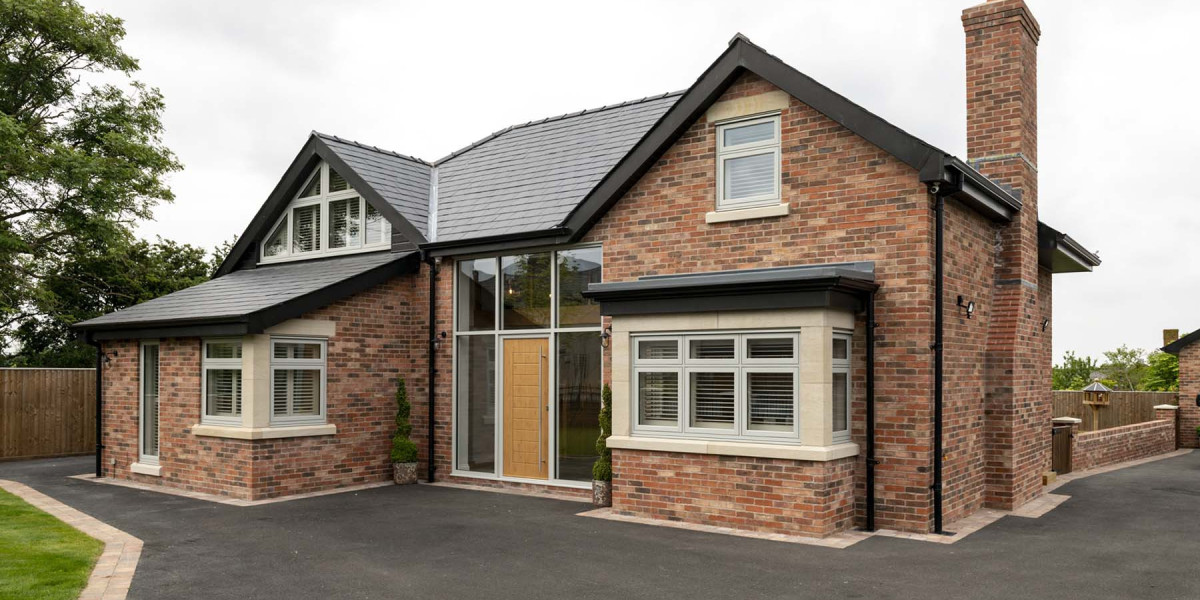Understanding Built-in Electric Ovens: A Comprehensive Guide
In modern-day cooking areas, Bosch Stainless Steel Built-In Electric Oven electric ovens have become a standard function, offering convenience, performance, and a classy combination into kitchen style. This post intends to notify house owners and cooking enthusiasts about the advantages of built-in electric ovens, essential considerations when selecting one, and maintenance suggestions to guarantee lasting performance.
What is a Built-in Electric Oven?
A built-in electric oven is developed to be installed within cabinets or walls, seamlessly blending into the kitchen's architecture. Unlike standalone ovens, these models save floor space and can be situated at eye level, facilitating easy access and monitoring while cooking.
Advantages of Built-in Electric Ovens
- Space Efficiency: These ovens use vertical area, making them perfect for smaller cooking areas or those looking to maximize counter space.
- Visual Appeal: Built-in ovens provide a clean and contemporary appearance that boosts the kitchen's total style.
- Ergonomics: They are set up at comfortable heights, reducing the stress on the back and knees, particularly when packing or discharging dishes.
- Advanced Features: Many built-in electric ovens featured modern features like clever controls, convection cooking, and self-cleaning alternatives, which can make cooking simpler and more effective.
- Improved Functionality: Models often consist of extra features such as numerous cooking modes, timers, and temperature probes.
Secret Considerations When Choosing a Built-in Electric Oven
When picking a built-in SA4544CIX Stainless Steel Electric Oven - Buy Now! oven, a number of aspects should be taken into account to guarantee it meets your cooking requires and fits within your kitchen design.

Size and Capacity
Built-in electric ovens typically come in different sizes. It's important to measure the allocated space to guarantee a correct fit. Here are common sizes:
- Single Oven: 24 to 30 inches broad, ideal for many cooking jobs.
- Double Oven: Two different compartments, allowing you to prepare several meals at various temperature levels.
- Wall Ovens: Available in plus sizes, fit for extensive cooking experiences.
Functions
Selecting functions that line up with your cooking habits is crucial. Think about the following alternatives:
- Convection Cooking: Distributes heat equally for constant results.
- Smart Technology: Enables push-button control and pre-heating by means of mobile phone apps.
- Self-Cleaning: Simplifies upkeep and cleaning procedures.
- Steam Cooking: Adds moisture to meals for much better cooking outcomes.
Installation Requirements
Built-in electric ovens require adequate electrical wiring and ventilation alternatives. It's suggested to seek advice from with professionals throughout the setup phase to fulfill electrical codes and make sure security.
Rate Range
The expense of built-in electric ovens can vary significantly from budget choices (₤ 600 - ₤ 1,200) to high-end models (₤ 2,000 and above). Consider your budget plan and cooking frequency when selecting.
| Rate integrated range cooker | Functions | Best For |
|---|---|---|
| ₤ 600 - ₤ 1,200 | Fundamental functions, manual controls | Casual cooks |
| ₤ 1,200 - ₤ 2,000 | Convection, wise technology | Serious home cooks |
| Above ₤ 2,000 | Premium products, advanced features | Expert chefs or gourmet cooking lovers |
Upkeep Tips for Built-in Electric Ovens
Guaranteeing that an integral electric ovens oven runs successfully includes routine upkeep. Here are some useful pointers:

- Regular Cleaning: Wipe down the door and Www.Ovensandhobs.Uk inside the oven after each use to avoid grease accumulation.
- Self-Cleaning Cycle: Utilize the self-cleaning function periodically (if readily available). Follow the producer's instructions for optimal efficiency.
- Check Seals and Gaskets: Inspect the door seals for wear and tear to keep cooking effectiveness.
- Calibrate Temperature: Regularly check and adjust the oven's temperature for precision cooking.
- Expert Servicing: Schedule annual upkeep talk to qualified technicians, especially for sophisticated models with many electronic elements.
Often Asked Questions (FAQs)
1. Are built-in electric ovens more effective than traditional ovens?
Yes, built-in electric ovens frequently have better insulation and features like convection cooking that can cook food faster and evenly, saving energy.
2. Can I install a built-in electric oven myself?
While some useful individuals may select to attempt a DIY installation, it is advised to work with a professional to guarantee safe and compliant setup.
3. How much power does a built-in electric oven use?
Generally, built-in electric ovens take in between 2,400 to 5 Functions,000 watts, depending on the model and features. Constantly refer to the maker's specifications for precise figures.
4. Do built-in electric ovens need unique cabinetry?
Yes, built-in electric ovens require custom cabinetry or wall enclaves that support their weight and allow for appropriate ventilation. Make sure that the kitchen cabinetry adheres to installation guidelines described by the maker.
Built-in electric ovens are a valuable addition to any modern-day kitchen, providing a selection of features that make cooking easier and satisfying. By understanding the advantages, choice requirements, and maintenance requirements related to these ovens, customers can make educated choices that line up with their cooking requirements and way of life choices.








